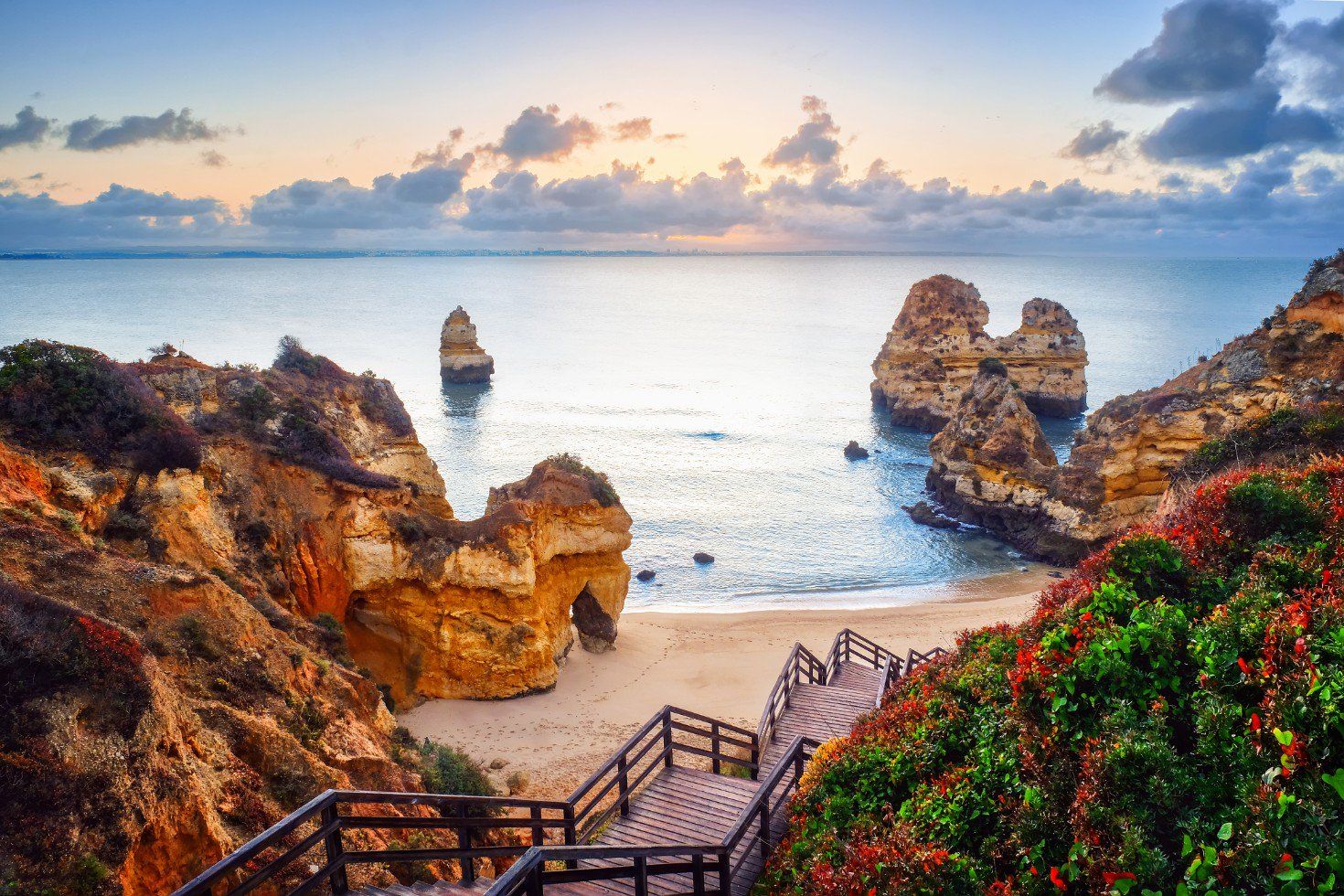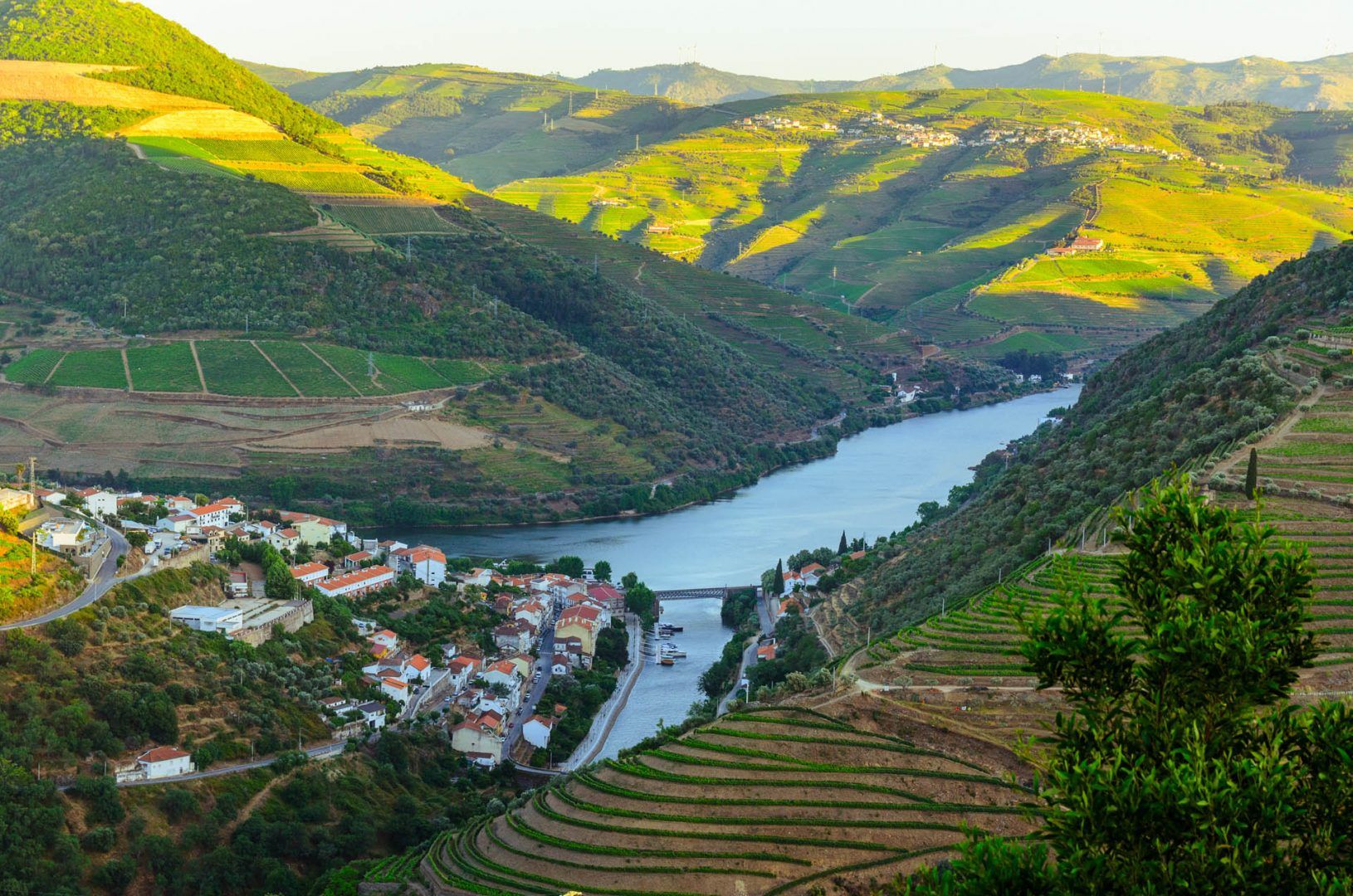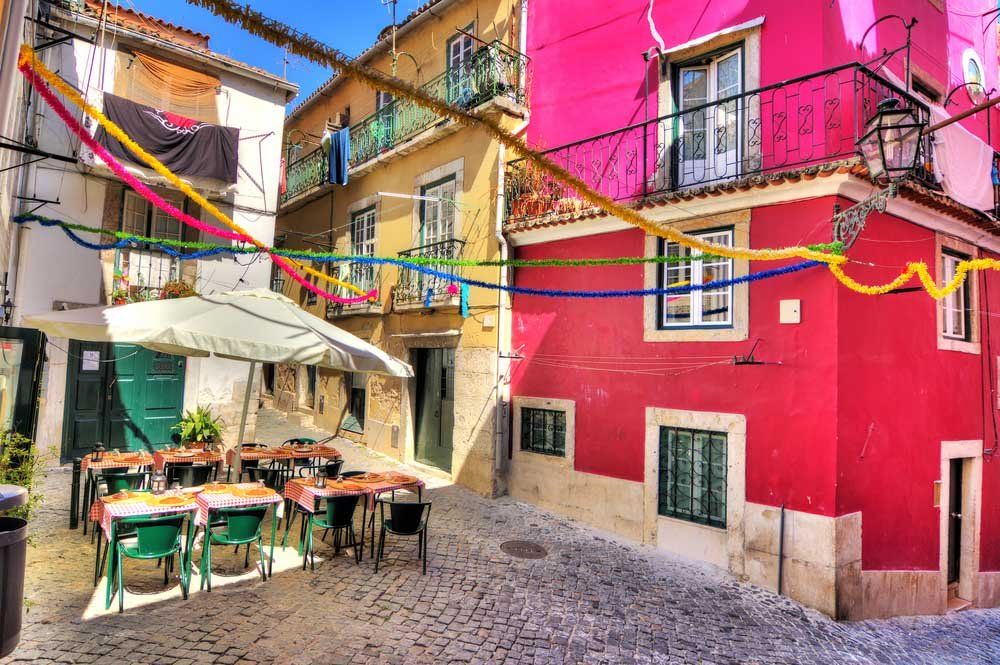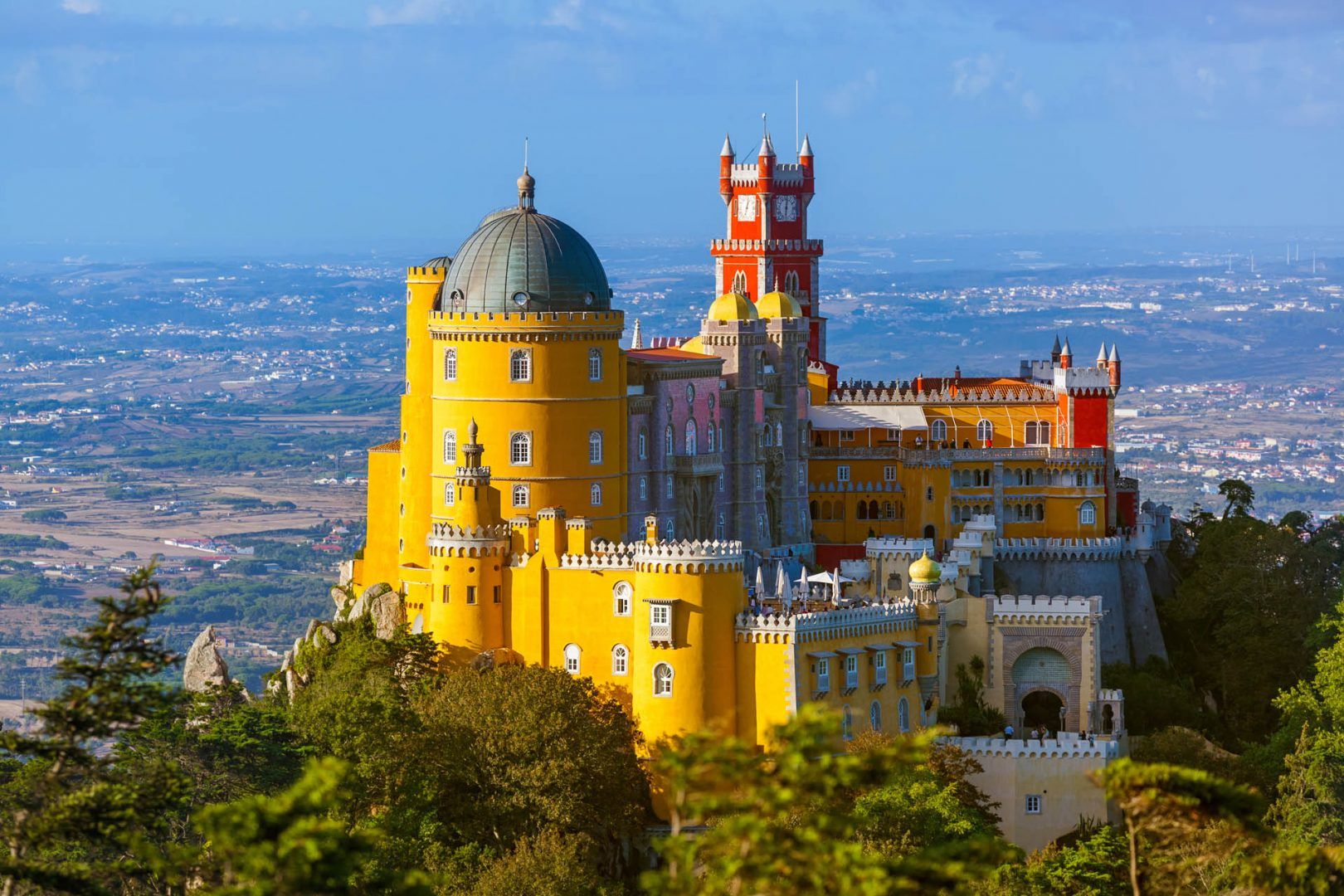4. Portugal travel tips to eat and drink like a local
Portugal’s food is simple, high-quality, and surprisingly affordable. Stick to local dishes, and you’ll eat well without overspending. Fresh fish and seafood are everywhere, but don’t overlook the excellent pork, cheese, and regional specialties.
House wine is usually great value, and local beers and spirits won’t break the bank. Ordering wisely means you can enjoy Portugal’s culinary scene without any surprises.
Don’t assume the starters are free
Portuguese restaurants often bring starters — anything from olives to seafood — before you’ve even ordered. But don’t assume they’re complimentary.
- If you eat them, you pay for them. Prices vary, so check the menu or ask.
- Some restaurants charge a per-person cover, usually including bread. Others bill for each item separately.
- Starters are usually cheap, but seafood can be pricey — better to ask than be surprised.
- Don’t want them? Just say não, obrigado (no, thank you) when they arrive.
Vegetarians, beware the soup
Caldo verde may look like a harmless vegetable soup, but it almost always contains sausage. Vegetarian options in traditional Portuguese restaurants can be limited, so expect lots of salads, omelets, and simple veggie dishes. Bigger cities have plenty of vegetarian-friendly spots, but in smaller towns, choices can be slim.
Tipping: when and how much
Tipping in Portugal isn’t expected but is appreciated. Here’s what to know:
- Restaurants: Locals often don’t tip or just round up the bill. In touristy places, leaving around 10% is more common. Some restaurants add a service charge, so check before tipping extra.
- Cafés and bars: No tip needed, but rounding up small bills is a nice gesture.
- High-end dining: In fancy restaurants, tipping is more common — around US$1.05 (€1) per cocktail or 10% for a meal.
- Taxis and rideshares: Rounding up the fare is the usual practice.
No one will chase you down for a tip, but if you’ve had great service, a little extra is always welcome.















